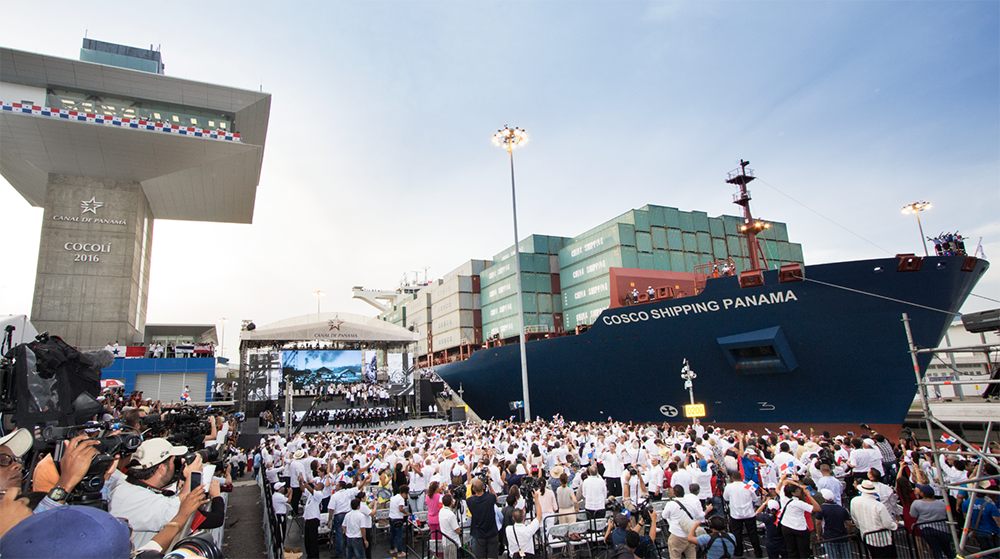In 1513, Vasco Nuñez de Balboa made a tortuous trek from the Atlantic, through the jungle of Panama, to the Pacific Ocean. This led to the “discovery” of the Pacific Ocean for the Spanish empire and the ascension of Panama as its main transshipment hub for gold and silver extracted in South America and sent back to Spain.
Since then, Panama has been a country of “geographic destiny”, levering its strategic and centralized position into economic growth. Not surprisingly, the country´s motto is Pro Mundi Beneficio (For the Benefit of the World).
Fast Forward
Fast-forward almost 500 years to the year 2000, which marked a watershed moment for Panama´s economy, as control over the Panama Canal and its operations was definitively transferred from the United States, setting in motion a process of transformation and growth that translated into the biggest per capita growth rate in Latin America.
What´s more: over the past decade, Panama has even become one of the fastest growing economies worldwide, according to the World Bank.
How did we do it?
In addition to a privileged geographic position, the recipe includes a dollarized economy (since 1903), more than three decades of continuous political stability, a welcoming environment for foreign companies and investors, a world-class logistics platform and, the secret sauce: the Panama Canal.
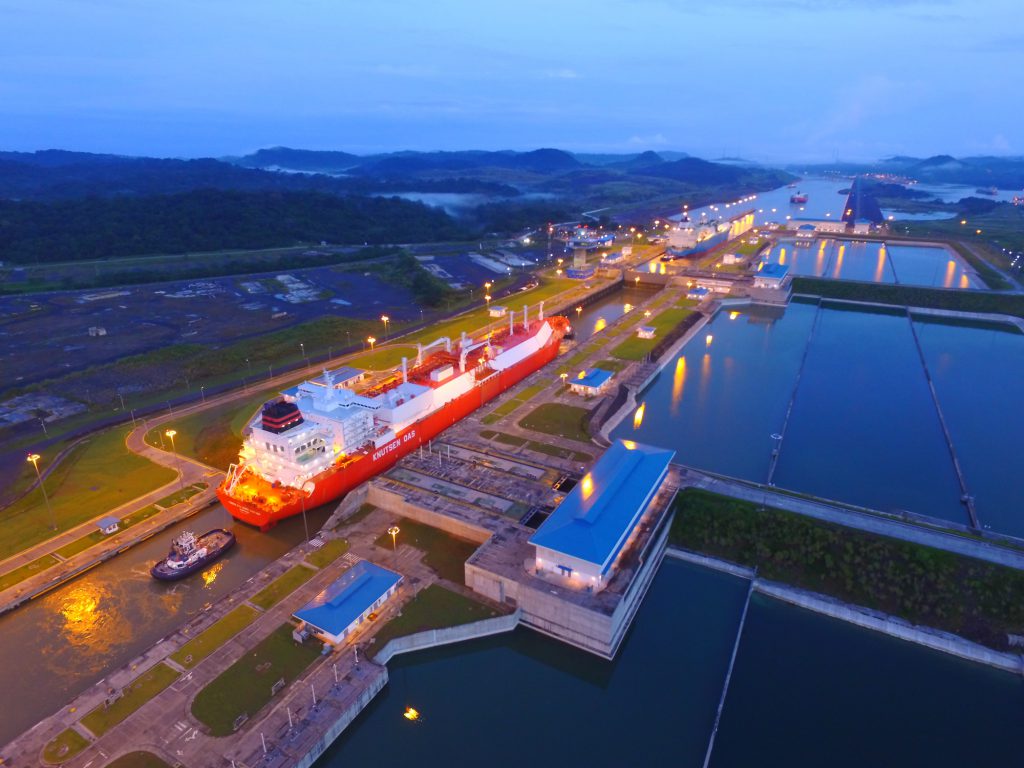
So what does Panama do, exactly?
An interesting aspect of our economy is that, structurally, it resembles those of developed countries: over 75% of our Gross Domestic Product (GDP) is derived from services, while agriculture and industry account for the rest.
Unlike many of our resource-rich neighbors, economic growth in Panama has derived not from commodity booms, but from the services we provide domestically and abroad. This is why you will often hear Panama referred to as a service-based economy.
These services are largely centered on global trade: for example, when a ship crosses the Canal; or when it loads or unloads cargo in one of our ports, which include the two busiest in Latin America; or when goods are re-exported duty-free from one of our special economic zones, including the Colon Free Zone, the second largest in the world.

In addition to this, Panama also boasts the most important banking center in the region and a modern financial services industry. Increasingly, tourism (yup, also a service) has become an important sector of our economy, today representing 17% of GDP and over 2 million visitors a year (thanks for coming!). Not bad for a country of 4 million people.
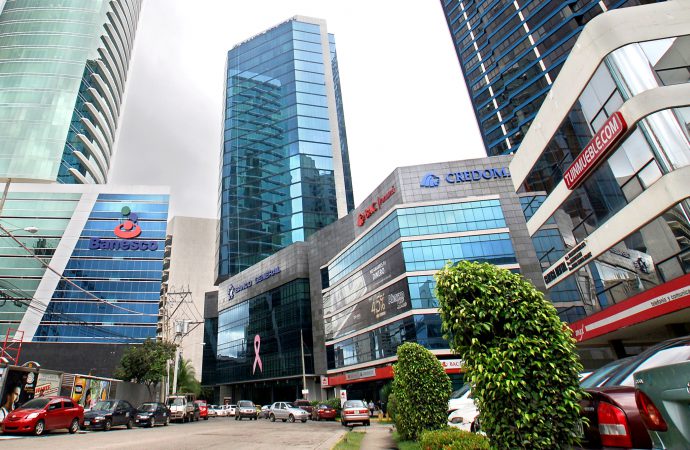
A highly competitive economy
The World Economic Forum’s Competitiveness Index for 2016-2017 paints a picture of a thriving country: Panama ranks as the 42nd most competitive economy in the world (out of 138), second in Latin America only to Chile (33) and ahead of “developed” economies such as Italy or Portugal (in case you’re wondering, Switzerland is ranked 1st , Yemen last).
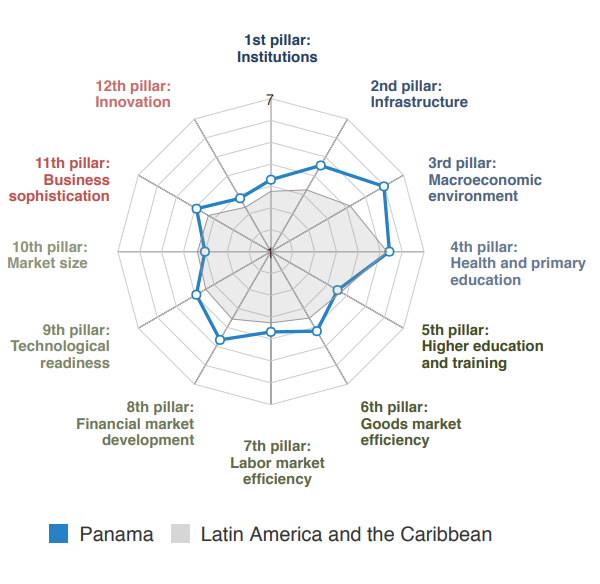
Panama´s strengths are focused around financial market sophistication (12th in the world), macroeconomic environment (16th) and infrastructure (36th). Within this last category, our quality of port and air transport infrastructure rank 5th and 6th in the world, respectively. Panama has, over the years, gone from mere passageway to modern logistical platform for sea, land and air transportation.
The secret sauce
So let’s get back to the secret sauce. The Panama Canal accounts for less than 10% of GDP. Most people (including some locals) think it’s a lot more, which is likely due to the fact that its impact on the economy is far greater. It is an exceptional asset for leveraging development of logistics and transportation, given that around 5% of total world trade pass through each year.
The Canal is what has allowed Panama to become a global logistics hub, as other activities have clustered around it, making our country a key link in the global supply chain.
Between 2009 and 2016, the Panama Canal was expanded to double its capacity and retain its preeminence in global trade. Inaugurated in June 2016, the expanded Canal can now accommodate new generation ships that carry up to 14,000 containers, up from 5,000 prior to the expansion.
Much as gaining control over the Canal did in 2000, the expansion of the Canal will be a game changer for Panama’s economy over the next decade, with a myriad of complementary activities becoming possible with all the increased cargo destined to come through our water highway.
Connectivity
Panama is a country dedicated to service, and enjoys a privileged geographic position that has allowed it to become one of the most important logistics centers in the Western Hemisphere.
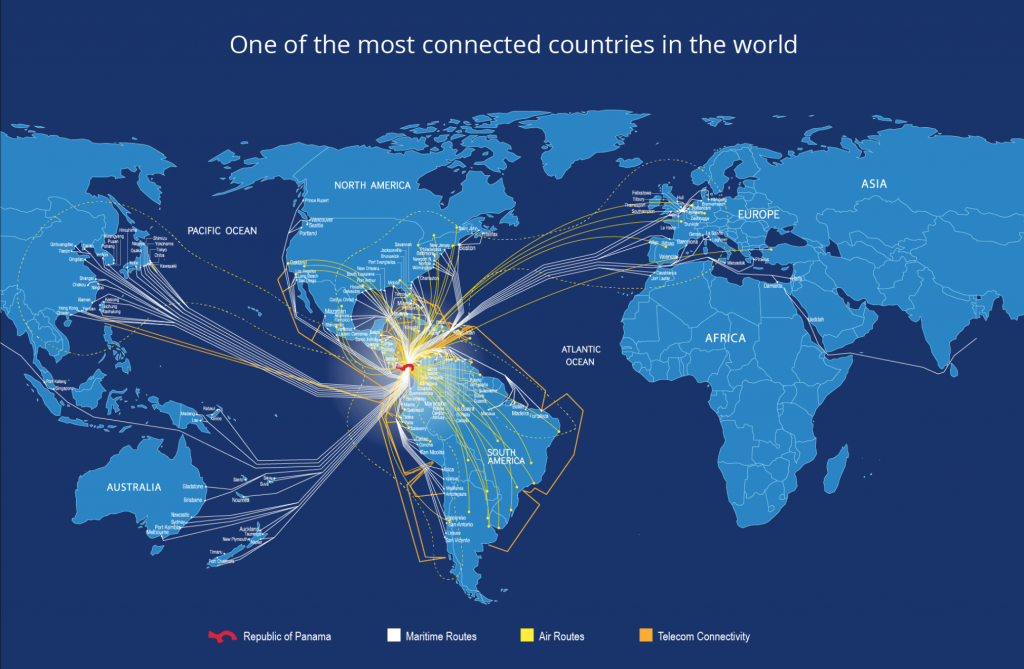
It is a bridge for travelers across the Americas and goods around the world, a magnet for foreign investment and a provider of efficient, modern and sophisticated services. It is a country that promotes global trade and enjoys economic, political and social stability. Some of its success can be attributed to the comparative advantage granted by our geographic location.
“If the world had to choose its capital, the Isthmus of Panama would be selected for this august destiny, situated as it is at the center of the globe.”
Simón Bolivar (1826)
Yet Panama’s success also rests on the shoulders of generations of Panamanians, who today continue to strive to achieve our economic potential.
This information was developed by Panama Living, a digital platform committed to collecting, researching, and disseminating all the necessary information to turn your interest in Panama into a pleasant and enriching experience.

